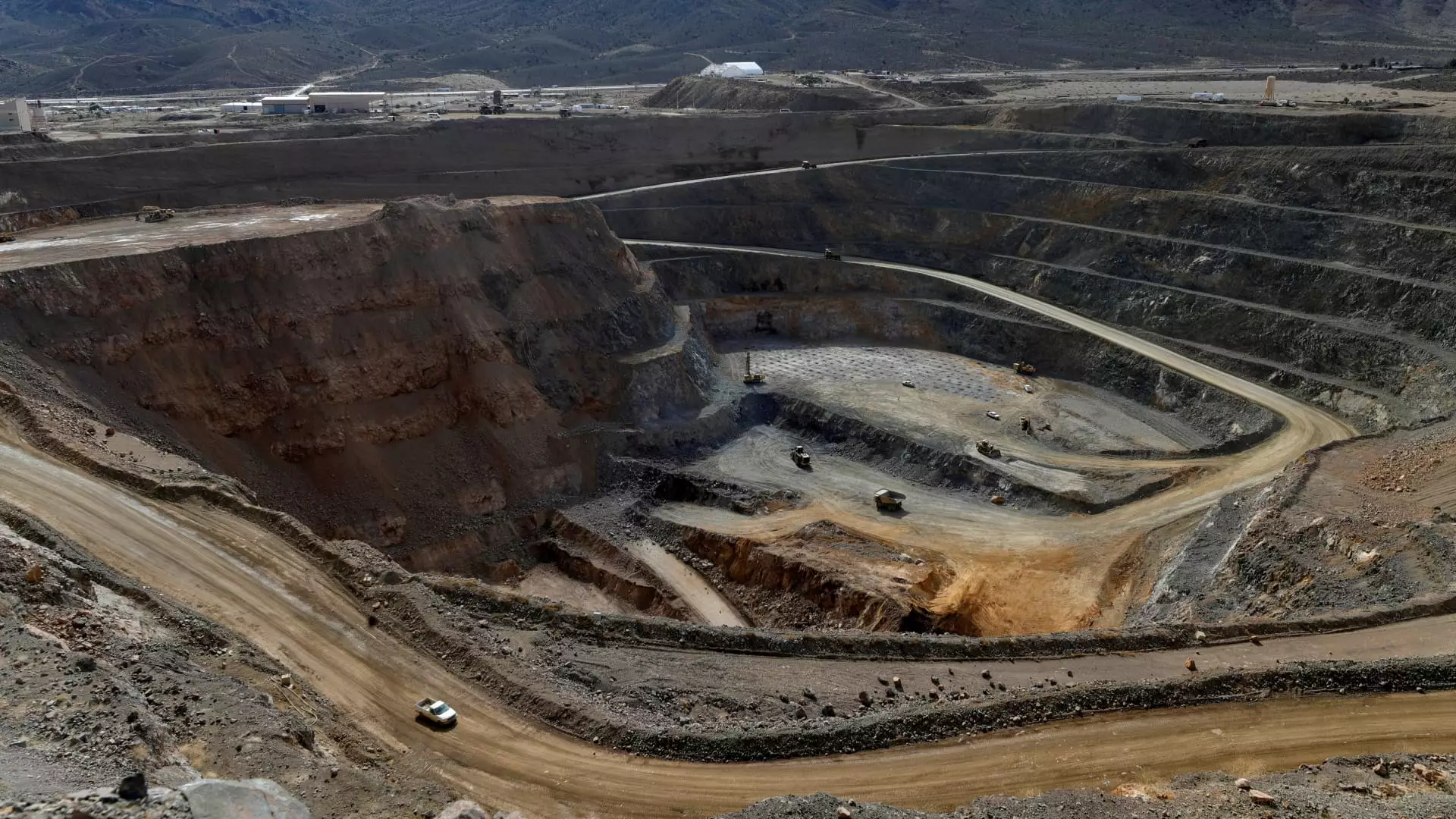The recent move by the Defense Department to acquire a significant stake in MP Materials signals a pivotal moment in America’s long-standing dependence on foreign sources for critical minerals. While policymakers tout this as a strategic pivot toward domestic self-reliance, reality paints a far more complicated picture—one that exposes vulnerabilities rather than alleviates them. The narrative that U.S. rare earths can be brought ‘onshore’ through select investments glosses over the complexity of global supply chains, geopolitical tensions, and market dynamics that no single company or government agency can fully control.
This maneuver feels more like a temporary salve rather than a sustainable solution. The government’s direct involvement in MP Materials—though branded as a private-public partnership—raises questions about the true motives behind this strategy. Are we establishing a resilient supply chain or merely seeking short-term leverage over adversaries? The jury remains out, but the risk of turning a fragile sector into a politicized asset cannot be ignored.
Strategic Illusions and Economic Risks
On the surface, pouring hundreds of millions of dollars into MP Materials might seem like a bold move to ensure U.S. military dominance and technological independence. Yet, it’s rooted in an oversimplified view of global markets and resource management. The Pentagon’s investment—buying preferred stock, warrants, and guaranteeing minimum prices—creates a distorted market dynamic. taxpayers might be paying premium prices for resources, while the potential for economic returns remains uncertain.
Furthermore, the assumption that this deal can significantly reduce dependency on China is optimistic at best. China’s dominance isn’t merely a product of market forces but a consequence of decades of strategic investment, inexpensive labor, and a highly integrated supply chain. Disrupting that ecosystem isn’t as simple as injecting capital into a single U.S.-owned mine or magnet plant. It’s an overly optimistic faith in government intervention to rewrite the rules of a global resource economy that is highly interconnected, geopolitically charged, and driven by market forces beyond U.S. control.
The Danger of ‘Strategic Resilience’ Embedded in Escalating Militarization
This approach risks turning a vital industry into a battleground for geopolitical influence rather than fostering genuine resilience. The Pentagon’s stake and guaranteed minimum prices may just create a politically motivated bubble—one that could implode if global markets shift, or if China finds new ways to manipulate the supply chain. The emphasis on building capacity quickly by 2028 suggests a rush to ‘fix’ a problem that requires patience, not just capital injection.
Moreover, the narrative that this is purely a matter of protecting national security ignores the broader economic and environmental implications. Rare earth mining and processing are environmentally intensive and can cause lasting damage if not managed responsibly. Relying on government-driven projects to accelerate this industry could deepen environmental neglect or lead to regulation-driven inefficiencies, hampering long-term sustainability.
The Central Role of Market Discipline and Democratic Oversight
Real resilience will only emerge if the government’s intervention respects market principles and democratic oversight. The current plan, emphasizing strategic control and guaranteed prices, risks fostering crony capitalism and distorting market incentives. These are hallmarks of an economy that’s veering toward over-reliance on government favoritism rather than fostering innovation and competition.
A sustainable strategy would demand transparency, a focus on environmental sustainability, and active engagement with a broad base of stakeholders, including private innovators and local communities. Instead, this deal elevates a handful of select companies and bureaucratic machinery, risking a monopoly-like grip on an essential sector. The broader lesson should be clear: national security is vulnerable not just to foreign adversaries but also to internal mismanagement and strategic shortsightedness.
The Broader Implications for U.S. Industrial Policy
This initiative reveals a troubling tendency in U.S. industrial policy—a desire to ‘pick winners’ and shield them from market forces. While safeguarding critical industries is legitimate, heavy-handed approaches often produce counterproductive outcomes. In this case, it risks entrenching inefficiencies and fostering complacency rather than encouraging competitive excellence.
Furthermore, establishing a siloed, government-backed rare earth ecosystem may undermine the development of innovation and technological advances that could more naturally diversify and strengthen supply chains. Encouraging private sector innovation, investing in green technologies, and fostering international cooperation must be the pillars of any genuine strategy—not just strategic ownership and price guarantees.
Ultimately, this move reflects a broader political gamble: that government intervention can swiftly correct market failures. History, however, warns us that such bets are often costly and laden with unintended consequences. True resilience in the face of China’s mercantilism will only come through a balanced approach—one that champions free markets, enforces environmental standards, and maintains democratic accountability. Relying on this government-led enterprise with its complex web of guarantees and stakes risks locking the U.S. into a fragile, politicized supply chain—hardly the assured future America needs.

